5 Rules for Better “Ballpark Prices”
Sometimes the things that go without saying are what most need saying, lest we forget them. We all know the dangers of ballpark prices, but we also know the necessity.
In that first or second meeting with clients, the topic usually comes up. If they don’t already have plans, they want to understand what you can generally build for. If they do have plans, they want to at least have a “ballpark” number.
Those are completely reasonable requests, even though they give us heartburn to answer. If I was building a custom home and wasn’t employed in this industry, I too would want some up front guidance from the expert (i.e. the builder) who I was consulting. How else could I make informed decisions about whether to spend more money on things like architecture without that basic information.
That puts us, the builder, squarely in the hot seat without much way out. You can avoid giving “ballpark” estimates up front if you can risk the client walking away. That’s one extreme. The other is to haphazardly offer a number you think it will cost.
I’ve found a middle ground is best. Here are a few rules I’ve developed over the years from plenty of times that I got it wrong:
Ranges of numbers are best.
Rather than saying, “I think I can build this for $200 per foot,” a range buys you more leeway and also suggests the inherent variability of the ballparking exercise. “I think I can build it in the $200 to $225 per foot range” is safer.
Beware the low range number you give!
Clients anchor. Better said, people anchor. It’s human nature. Anchoring is the cognitive bias in which we put too much emphasis on initial information, especially that which most benefits us.
Your clients won’t forget the low number of the range. Mark my words. They may forget the high end of the range, but not the low. That low end will quite possibly become their target number.
So, walk that fine line between setting good expectations and running them off as best you can, but I prefer to set my “base case” number that I have in my head as the low end and the “worst case” as the high end of the range.
You can set the “best case” guess as the low end range, but we all know how often that best case number is achieved. And after all, if you actually come in UNDER your ballpark, no one is going to be angry with you. I promise.
Be clear on what’s included/excluded in the number.
Things can go awry here in a hurry. Is your fee estimated in the number you are offering? Are architectural, engineering, and permitting costs estimated in the number? Is there anything else that could cause a “Wait, I thought that was included” moment when you sit down to sign a contract? Cuz that conversation aint fun.
If you go over your ballpark, reconcile the differences.
You will miss the ballpark sometimes. Gonna happen. What caused it? Did the soils report require a more complicated foundation than you usually see in that area? Did the clients upgrade to an imported French range? List out the costs that drove the final budget out of the ballpark range you offered. This detailed reconciliation will go a long way in maintaining their trust in a situation that could easily go sideways.
Disclaim. Disclaim. Disclaim.
Never offer a ballpark estimate without a disclaimer. Explain that you are doing your best with the very limited information you have, but you could be off and won’t know until you have final plans and specs completely bid.

